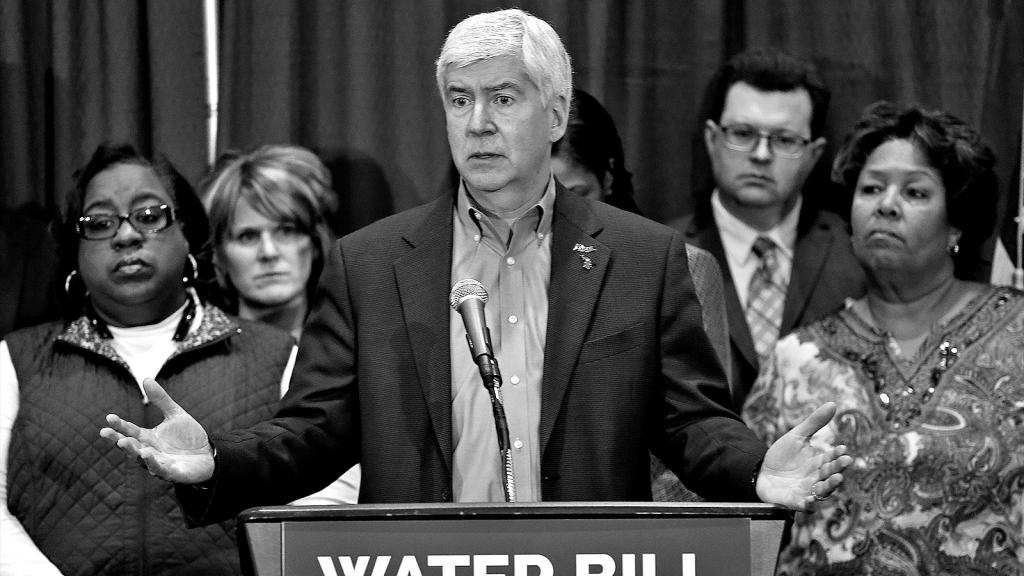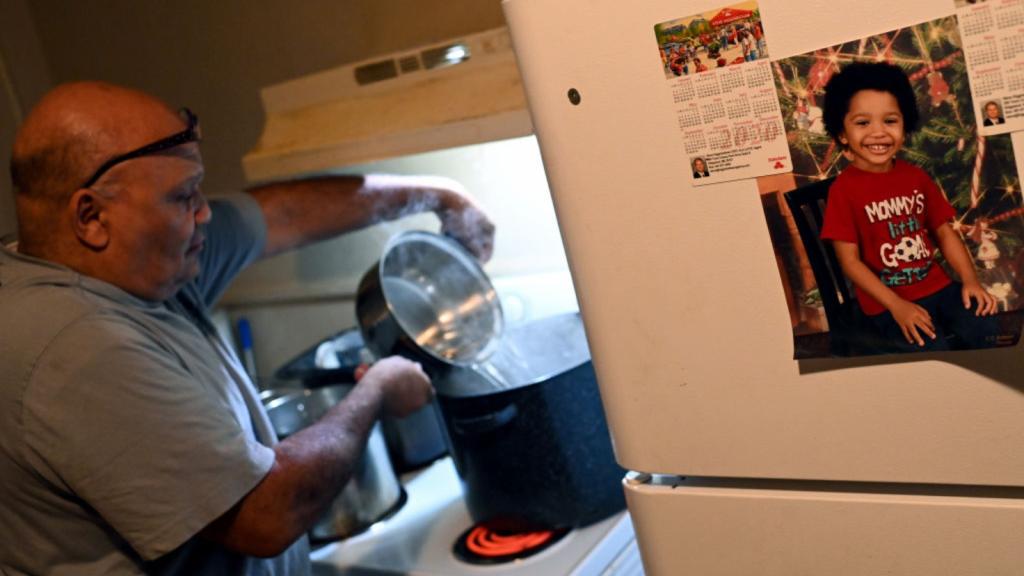Before the COVID-19 pandemic, Maria Lopez-Nuñez conducted “toxic tours” of her community in Newark, New Jersey, which is known as Ironbound. She calls the neighborhood a “sacrifice zone” because its residents of color are disproportionately clustered in close proximity to a series of industrial facilities and polluting infrastructure. For years, Ironbound residents have endured the disquieting prevalence of asthma and cancer among their friends and neighbors, and they cannot help but connect that fact to the unpleasant odors and thick smog carried by the air they breathe.
When you voyage down Ironbound’s Doremus Avenue, you immediately notice the heavy concentration of industrial facilities, warehouses, and travelling freight trucks within the roughly 10-mile stretch that residents call the “chemical corridor.” Hop on traffic-choked Interstate 95 nearby, and you might glimpse a large garbage incinerator emanating a thick patch of smoke, a sewage treatment plant that has historically led to chemical spills, the Newark International Airport, and the Port of Newark, one of the largest shipping ports in the country.

A truck drives through the Ironbound district in Newark, New Jersey. The rise in truck and port traffic has prompted residents to push for additional measures to protect themselves from smog and pollution. Photo by Yana Paskova / For The Washington Post
On the opposite end of New Jersey from Newark’s Essex County, Camden — one of the nation’s poorest cities and a predominantly Black community — faces similar environmental threats. Essex and Camden counties have the highest rates of asthma hospitalizations and asthma-related emergency room visits in the entire state. In Camden County, one in three children is diagnosed with asthma; one in four children suffers from asthma in the city of Newark. The state’s asthma mortality rates overall are three times higher for Black and Latino residents, who are disproportionately exposed to the polluting industry in these cities.
Activists in Newark and Camden say that the state of New Jersey is finally taking seriously the public health risks that they have raised the alarm about for decades. On Monday, the New Jersey state Assembly’s Environment and Solid Waste Committee approved an environmental justice bill intended to protect these areas from further harm by essentially blocking any new industrial facility or expansion in pollution-burdened communities like those in Camden and Newark. Governor Phil Murphy took the unusual step of endorsing the legislation even before the state Senate’s approval of the bill last month. The bill is soon expected to get the approval of the full state Assembly and become law after receiving Murphy’s signature. This is despite considerable opposition from the state’s business lobby: Ray Cantor, vice president of the New Jersey Business and Industry Association, told NJ Spotlight that the bill will drive manufacturing from the state.
The bill requires the New Jersey Department of Environmental Protection (DEP) to make and maintain a list of all overburdened communities across the state. The legislation defines an “overburdened community” as any census tract with at least half of households qualifying as low-income under federal guidelines, or at least 40 percent identifying as Black, Hispanic or Latino, or members of a state-recognized tribal community. When applying for a permit, an industrial applicant would need to prepare a thorough report evaluating the “cumulative impacts” that the facility would have on the overburdened community, which means also assessing the area’s preexisting exposure to environmental health risks. The DEP would then ensure that the report was publicized prior to a public hearing. After assessing both the report and testimonies made at the public hearing, the DEP would make a decision to approve or deny permits based on whether or not the facility would add an additional pollution burden to the community.
Newark and Camden both contain census tracts that would qualify as “overburdened” under the new law — and so do more than 300 of the state’s 565 municipalities. Roughly half of New Jersey’s 8.9 million total residents live in one of these communities, Murphy said during a news conference last month.
The bill takes aim at “a larger regulatory issue,” which is “the way the state issues permits as if they don’t take into consideration the vulnerabilities that exist” in a given area, said Lopez-Nuñez, who is also the deputy director of the Ironbound Community Corporation (ICC), a Newark-based nonprofit that works on multiple issues including environmental justice and housing, a few weeks before Murphy endorsed the bill.
“The way our laws are written are catered towards the industry to make sure they’re not being unfairly denied,” she told Grist. “But it doesn’t consider years and years of lack of planning that puts specific people — Black and brown working-class people — next to industry.”
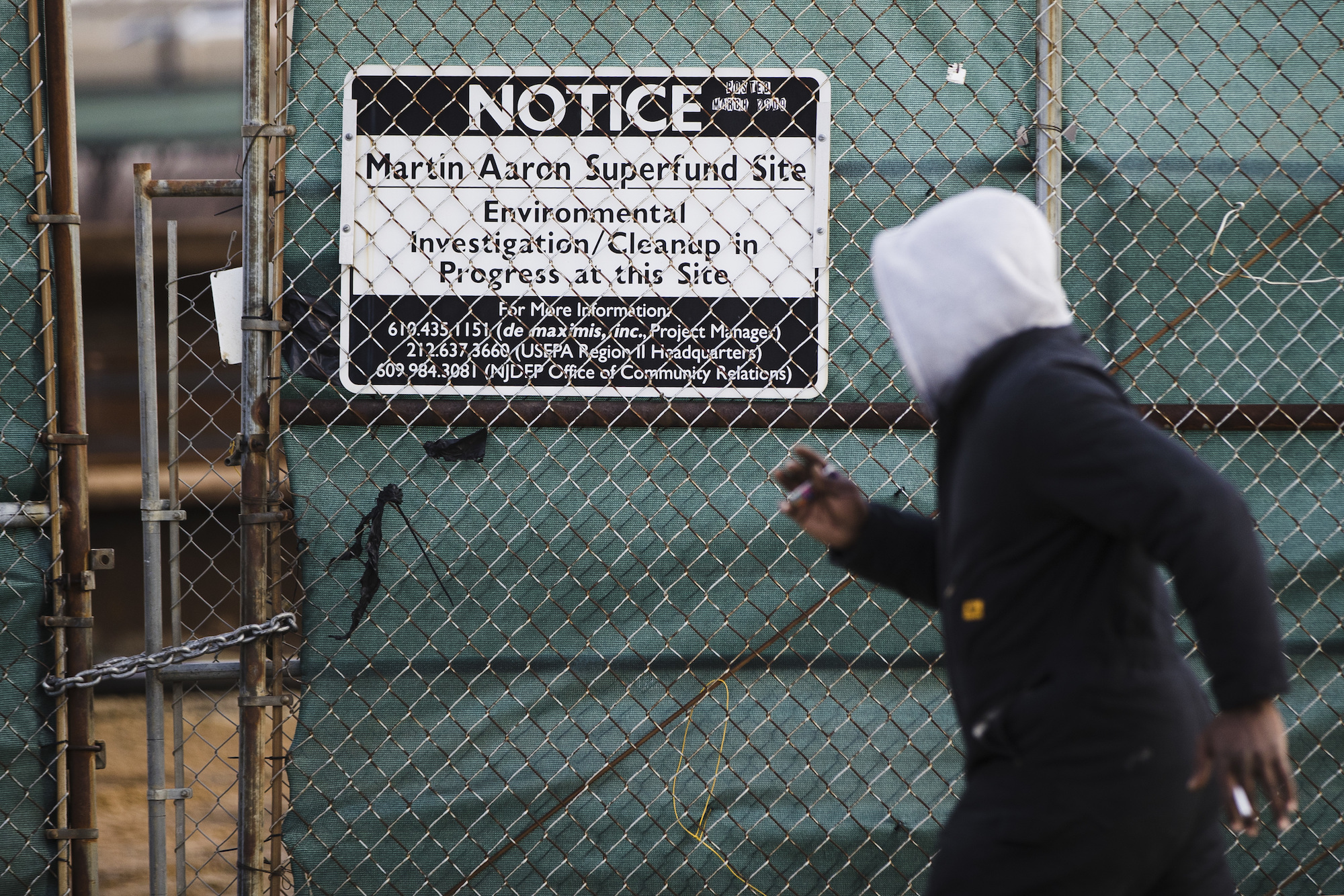
A man walks past a notice for a Superfund site in Camden, New Jersey. Matt Rourke / AP Photo
Industrial facilities that stand to be turned away from overburdened communities under the new bill include landfills, power plants, sewage treatment plants, waste transfer stations, recycling and solid waste facilities, garbage incinerators, and other major sources of air pollution under the Clean Air Act.
But the decades of pollution experienced by large parts of Newark, Camden, and many other Garden State communities will take far more than a single bill to rectify. While the bill prevents the addition of new acute pollution sources in overburdened communities, it does little to address massive sources of legacy pollution that produce ongoing harms. The mammoth waste incinerators operated by the international energy giant Covanta in both Newark and Camden are a case in point.
A study published by the New School’s Tishman Environment and Design Center last year found that roughly 8 out of 10 waste incinerators in the U.S. are located in low-income communities of color. Approximately 4.4 million Americans live within a 3-mile radius of an incinerator. These facilities, which exist due to a shortage of space for landfills, emit toxic chemicals such as mercury, lead, fine particulate matter, sulfur dioxide, nitrous oxide, and carbon monoxide — all of which pose health hazards to nearby communities.
“I struggle to breathe,” Lopez-Nuñez said. “I can feel the difference when I leave my neighborhood.”
Purple plumes
The Covanta Essex incinerator, built in Newark in 1990, burns nearly 3,000 tons of trash each day. Most of the garbage comes from New York City and other parts of Essex County outside of Newark, but the Ironbound community bears the brunt of its pollution. According to the New School study, the facility emits the highest amount of lead of any municipal solid waste incinerator in the country, with over 600 pounds of lead reported in 2014.
In April, as the COVID-19 pandemic reached full swing in the region, Ironbound residents and drivers along Interstate 95 caught sight of thick purple plumes of smoke coming out of the waste incinerator’s smoke stack. The new vibrant coloring alarmed Ironbound residents, given that the smoke usually appeared in unremarkable black and white.
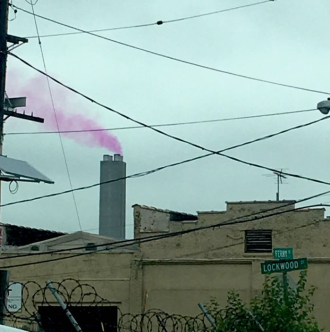
A purple plume of smoke can be seen from the waste incineration facility in Newark, New Jersey. CHRISTOPHER RODRIGEUZ / IRONBOUND COMMUNITY
It was roughly the fifth time Covanta Essex released pink or purple-colored smoke since June 2019. Last October, one particularly robust purple plume prompted ICC, represented by the nonprofit Earthjustice and the Vermont Law School Environmental Advocacy Clinic, to write a letter to the state DEP and Attorney General Gurbir Grewal, demanding that they reanalyze Covanta’s previous air permit violations and investigate the purple plumes coming out of its incinerator. Though Covanta has a history of violating the Clean Air Act, the DEP has consistently granted its permit renewals.
After the October incident, Covanta reported that they tracked the source of the purple plumes to the unintentional burning of iodine that got into their trash pile, likely from photography or print studios and other manufacturing sites. But iodine is also found in medical supplies, sparking concerns that the facility was burning unregulated medical waste in addition to its normal load of municipal solid waste. Nevertheless, the company deemed the plumes low-risk and encouraged residents not to worry.
Medical researchers as well as a New Jersey Department of Health fact sheet say that exposure to the burning of iodine can lead to lung irritation and kidney and liver damage. The purple plume incidents worried the Ironbound community, especially since the facility is also one of the largest emitters of particulate matter in the city. (The latest incident occurred during the same week the Harvard School of Public Health released a study suggesting a link between particulate matter pollution and severe COVID-19 outcomes.)
Covanta told Grist that the company has been engaging in ongoing discussions with the DEP since they first noticed the purple-tinted smoke and has launched a mitigation system that would help identify iodine-tainted materials to prevent the release of purple plumes again.
“The combustion of [iodine], because it was such small concentrations, was not dangerous to the people living or working in that area,” James Regan, Covanta’s director of communications, told Grist. He denied that the facility ever processed medical waste.
“The facility does not process regulated medical waste,” he said. “Instead that waste stream is collected separately, processed separately at different facilities. We obviously don’t want these events. We’ve done everything we can to get to the bottom of why this happened.”
Earthjustice attorney Jonathan Smith, who has been working with ICC since 2018, said that the incinerator has a record of violating air permits over the years. He also said that Covanta needs “to have a better inspection of what’s getting thrown” into the incinerator. Earthjustice has tried to work with the DEP to prevent issues such as the purple plume emissions from happening again. Though the latest incident happened in April, Smith said that the DEP has not shared any new information about a proposed prevention plan.
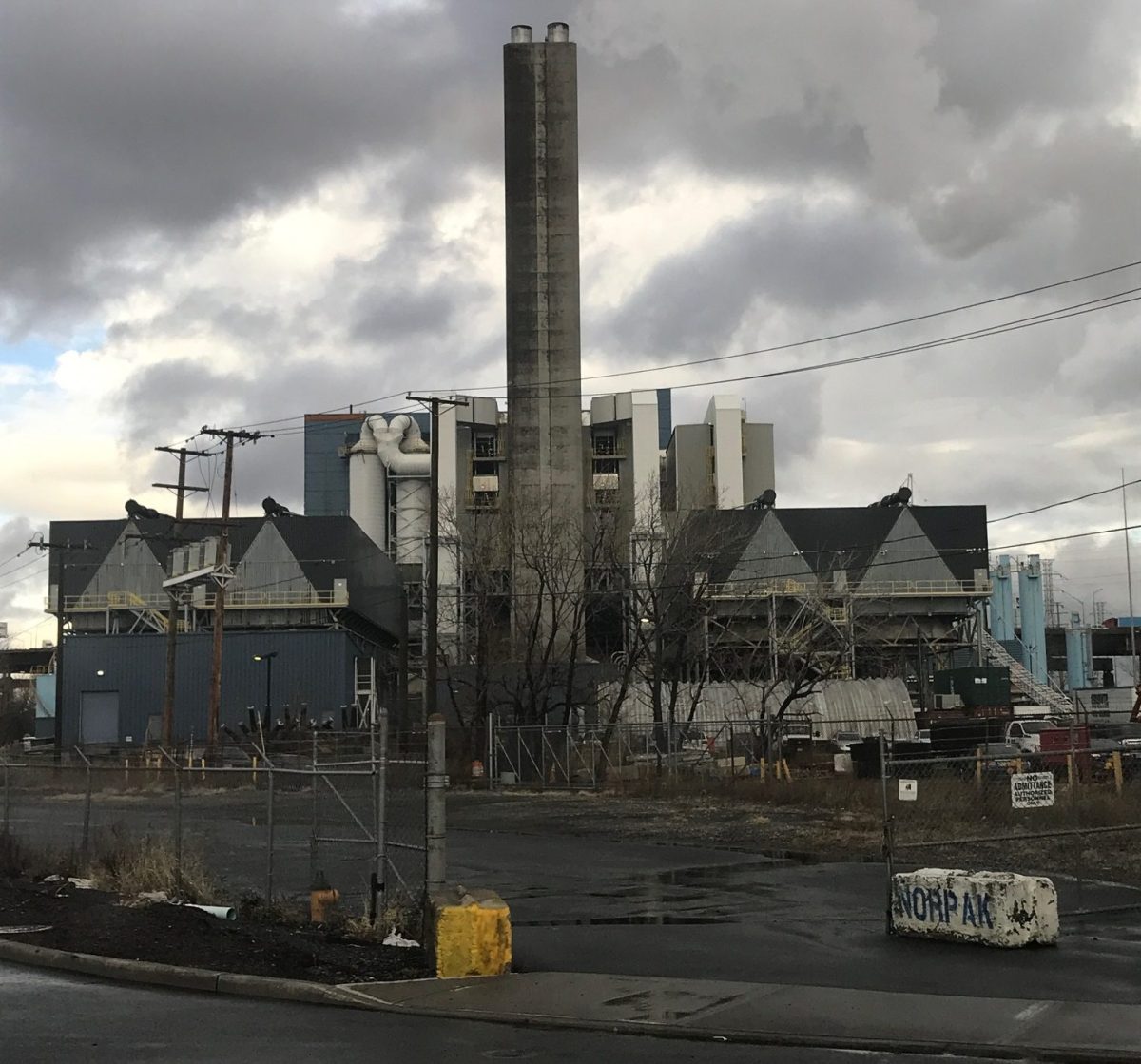
The Covanta Essex waste incinerator in Newark, New Jersey. Courtesy Jonathan Smith
“These purple plumes are conspicuous permit violations, but there’s all sorts of other permit violations going on that aren’t pink or purple, and not readily seen by people in Newark,” Smith told Grist. “We want to make sure the state adequately fines Covanta for all these violations over the past years, makes sure it doesn’t happen again, and has Covanta change its practices so that it’s actually aware of what is thrown into their incinerators.”
Waste incinerators, like fossil fuel companies, have tried to rebrand themselves in the last two decades as producers of renewable energy. Covanta promotes itself as a source for sustainable and renewable energy through its waste-to-energy process, in which waste is burned, and the heat from incinerations creates steam, which then generates electricity. Both the Newark and Camden facilities participate in this process. But local activists say that this process won’t put a dent in the pollution that the incinerators pump into their communities.
“Burning trash is toxic, regardless of what you say,” Lopez-Nuñez said. “As a person who lives in the community who struggles with a respiratory illness myself, it’s unacceptable that this is the way we deal with trash. There are other options and different alternatives that won’t make our community a dumping ground.”
Ana Baptista, associate director of the Tishman Environment and Design Center at the New School and co-author of the incinerator study, says that converting waste to energy is actually one of the worst ways to generate electricity out of all fuel sources, because it involves the unsustainable practice of burning plastic and other inorganic materials, which then produces high levels of persistent pollution such as fine particulate matter.
“As incinerators age, they create more pollution, more financial burden, and ultimately they’re really bad for any kind of real and more sustainable waste management practices,” Baptista said. “There’s no incentive [for incinerators] to recycle, or to reduce waste, or to compost or divert waste from waste streams, if [they] are locked into contracts that require volume to keep their business profitable.”
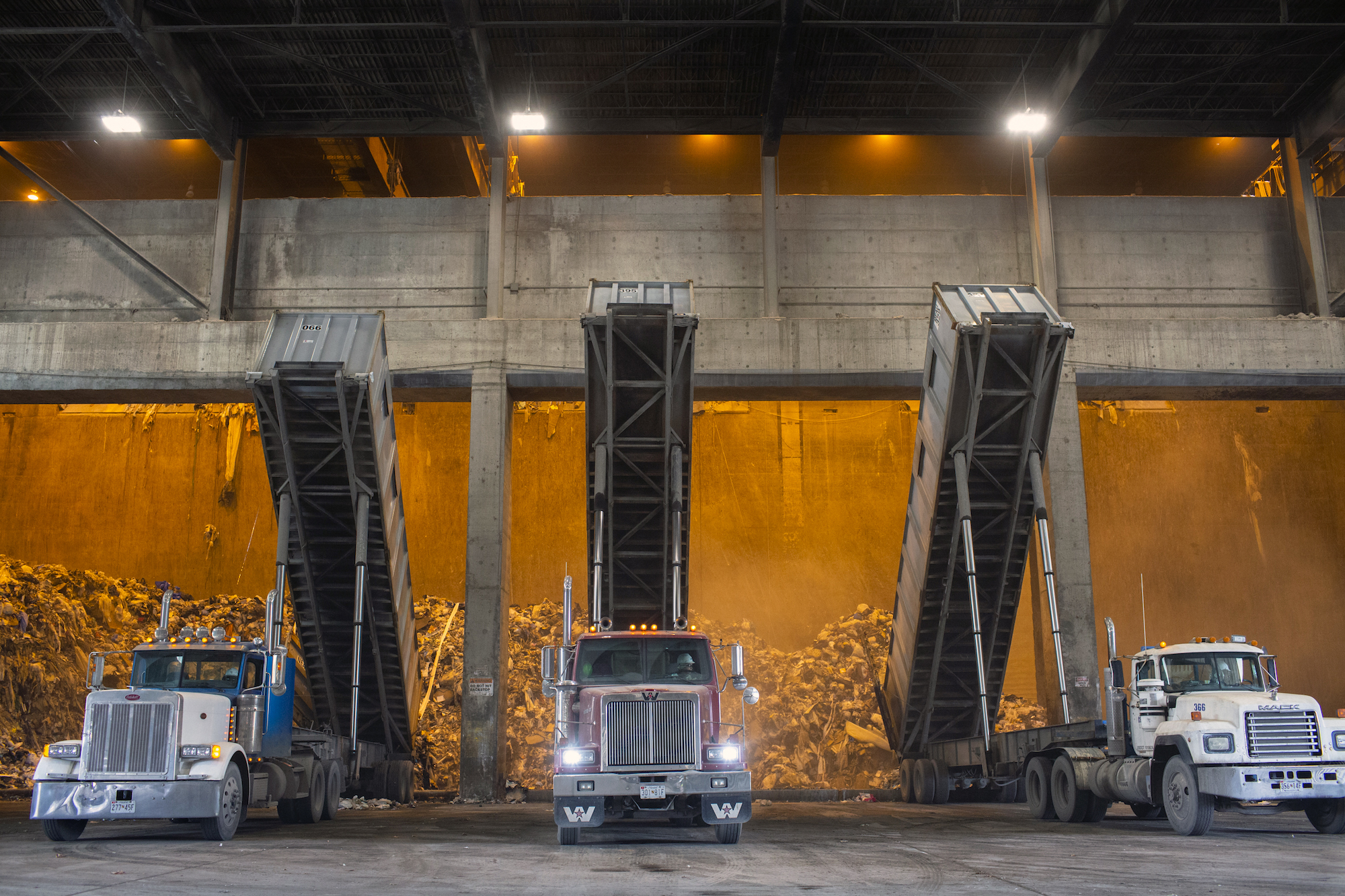
Trucks dump their waste loads at the Covanta Energy Montgomery County incinerator in Maryland. Robb Hill / The Washington Post
Regan, the Covanta spokesperson, told Grist that the company is aware that waste incinerators are unwelcome in these communities, and that it understands its contributions to the cities’ environmental burdens. However, he argued that the incinerators are “very small contributors to local emissions relative to other sources,” such as vehicles on highways. He also said that the company supports the state’s new environmental justice bill and is also taking its own measures to prioritize environmental justice, pointing out that it launched a community outreach and environmental justice policy in 2011.
“The policy extends our overall EJ commitment to involving local citizens in major permit activities that we may be considering in a given community at a given point in time,” Regan said. “To our knowledge, we are still one of only a few companies in the U.S. that not only maintains an EJ policy but has continued to actively participate and report on improvements for net environmental benefit in our communities.”
Baptista told Grist that the best alternative to transition away from dependence on waste incinerators is through structural change, starting with zero-waste proposals. States and municipalities, she said, need to make funding recycling, composting, and waste diversion programs a priority, so that the demand for incinerators is diminished.
“If you reduce your waste brought to the Covanta incinerator in Newark by like 15 to 20 percent, the company will no longer be profitable,” Baptista said. “So if New York City actually adopted a zero-waste plan and started sending 100 less trucks a week to the facility, they may not be able to operate any longer. That’s the key alternative — really shifting towards composting, recycling and reuse, and creating more jobs and economic opportunities.”
Parallel state
Longtime Camden resident and activist Christoff Lindsey, 59, remembers when the international environmental organization Greenpeace came to his hometown in New Jersey in the early 1990s to protest the city’s waste incinerator. Lindsey said that a Greenpeace activist climbed up to the top of the incinerator’s smokestack and dropped a massive banner showing the group’s name.
“I knew about Greenpeace at the time, but I couldn’t believe they came to Camden,” Lindsey told Grist. “I was both impressed and also alarmed, like: ‘Oh hell, what is going on in there?’ If this is on Greenpeace’s radar, it must be bad. That had an impact on me.”
The incinerator began its waste management operations in 1991. Covanta acquired the facility in 2013 despite a rallying cry from environmental advocates to shutter the facility. Covanta Camden now burns approximately 1,050 tons of solid waste each day. Unlike the Newark facility, the Camden facility has not even yet installed a baghouse, a pollution-control device that filters particulate matter and reduces overall emissions.
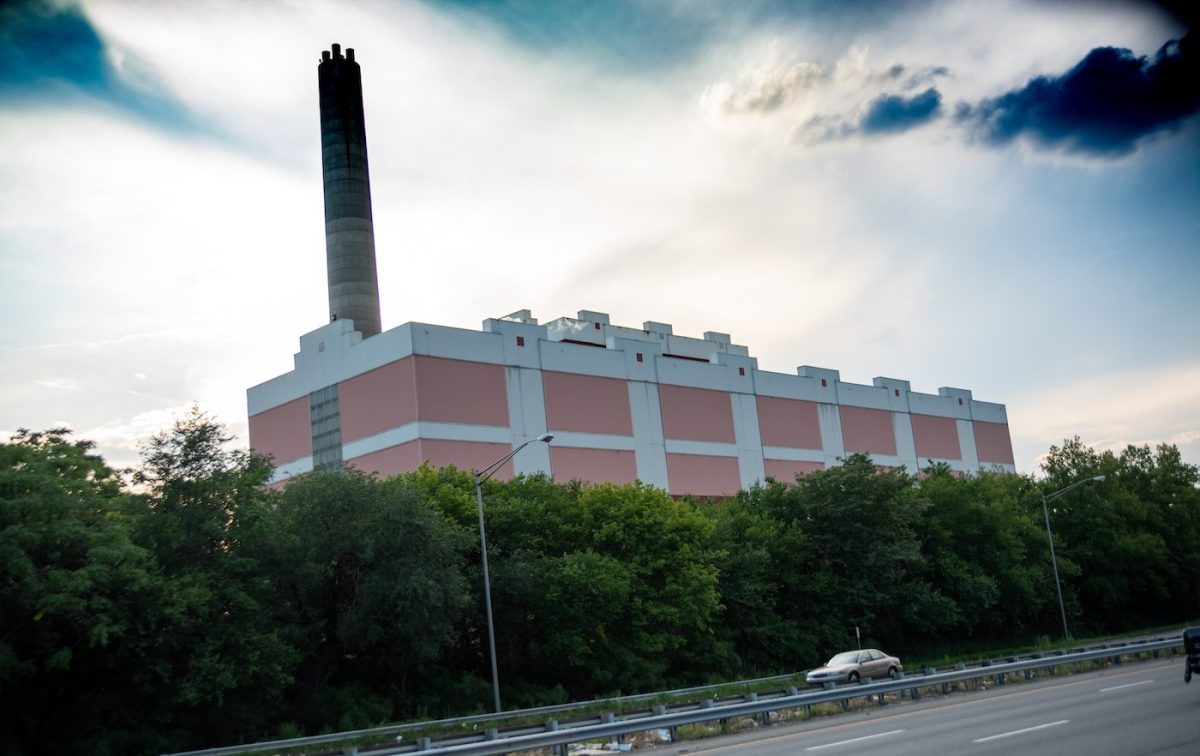
The Covanta Camden waste incinerator facility. Angel Perez
Covanta (and its emissions) aren’t leaving Camden anytime soon. In fact, they might soon become even further entrenched in the city’s infrastructure. In May, the Camden City Council approved a study of the feasibility of a microgrid to be located in the Waterfront South neighborhood. Microgrids are miniature, renewable-powered networks that act as backups for the primary electricity grid, in the event of a major power outage, like that which occurred during Superstorm Sandy. The only caveat is that this microgrid would be powered by the Covanta Camden incinerator.
Local activists allege that community input was not sought prior to the vote on the feasibility study. After the vote, they launched a petition to prevent the city from moving forward with policies that would “extend the life of this dirty trash incinerator.” So far, the proposed microgrid is still moving forward, though it will be subject to another city council vote. Some residents say that city officials promised them community benefits such as the installation of a baghouse and residential utility cost reductions if the microgrid plan was approved. But Kathryn Cruz, environmental justice coordinator with the nonprofit Center for Environmental Transformation, said that the written plan broke those promises. The utility cost reduction is limited to businesses rather than residents, and the installation of a baghouse is not a requirement tied to the microgrid.
“What was proposed as this really sustainable, innovative, never-been-done microgrid idea has changed into something very different that seems to benefit Covanta over benefiting the community,” Cruz told Grist. “Rather than being concerned about the impact they are having on the community, Covanta is looking at it financially, and it looks like they stand to really benefit if they can be part of this microgrid — because not only would it look good for them, but it would also be a source of income for them.”
Regan, Covanta’s spokesperson, told Grist that plans to install a baghouse were already underway before the microgrid idea, and that it’s one of the projects the company is committed to executing by 2023. He added that a microgrid is “a no-brainer” that will allow the city to maintain power during events like Superstorm Sandy. Regan also denied that the company was involved in getting the feasibility study for the microgrid passed by the city council, saying that they were just “as surprised as others to hear the vote” results.
Environmental advocates say that these are the kind of systemic environmental injustice issues that New Jersey’s new climate initiatives and policies need to address head-on. The state still has a long way to go, but it’s taking steps toward a more sustainable and equitable path.
In addition to the state’s environmental justice bill, New Jersey Board of Utilities President Joseph Fiordaliso vowed last month to establish an Office of Clean Energy Equity that would handle projects like the microgrid plan, a promise that was included in a bill introduced by Senator Troy Singleton — an ally of the Ironbound community — that’s already making its way to the Senate floor. The bill would help low-income New Jerseyans afford clean energy improvements such as solar panels.
But without a broader, region-wide sustainability plan that eliminates the waste that keeps Camden and Newark’s incinerators humming, acute pollution in those cities is likely to persist. For now, residents like Lopez-Nuñez and Lindsey are focused on reimagining what a sustainable and equitable planet could look like — starting with their community gardens. Lopez-Nuñez said that every pound of food waste they put in the compost bin, rather than the waste incinerator, feels like a step closer to a just transition away from polluting industry. Lindsey, an urban gardener himself, continues to tend to his garden, growing eggplants, multiple varieties of tomatoes, cucumbers, and more.
[jumbo-content]


[/jumbo-content]
“In Camden, we’re a family — and our goal is to feed people,” Lindsey said. “We could probably commoditize or make profit later, but no one needs to go hungry. My mother and grandmother remember picking cotton in the south, so it’s in my DNA.”
“We need to remain connected to the ground, because truthfully, land is wealth,” he added. “Pollution takes away that opportunity.”
*Correction: This article originally paraphrased a 2019 New School study stating that Covanta’s facilities in Newark and Camden are among the top 12 largest U.S. emitters of fine particulate matter, lead, mercury, and nitrogen oxides. In fact, the study indicates that, among all U.S. incinerators, both facilities were among the top 12 largest emitters of lead and particulate matter, but not mercury and nitrogen oxides, according to 2014 Environmental Protection Agency data. Due to an editing error, the article also originally stated that Covanta publicly identifies both facilities as recycling plants. The text has been amended to remove this statement.


